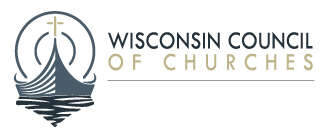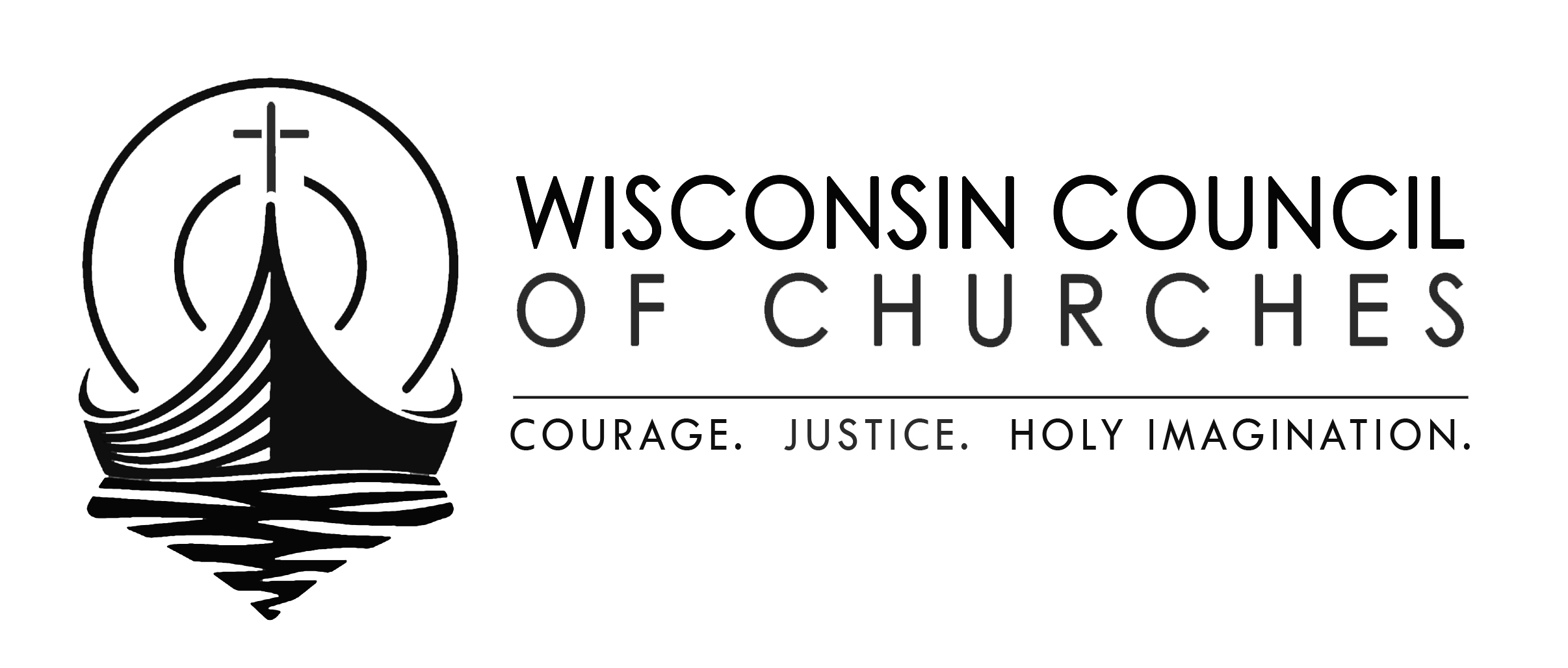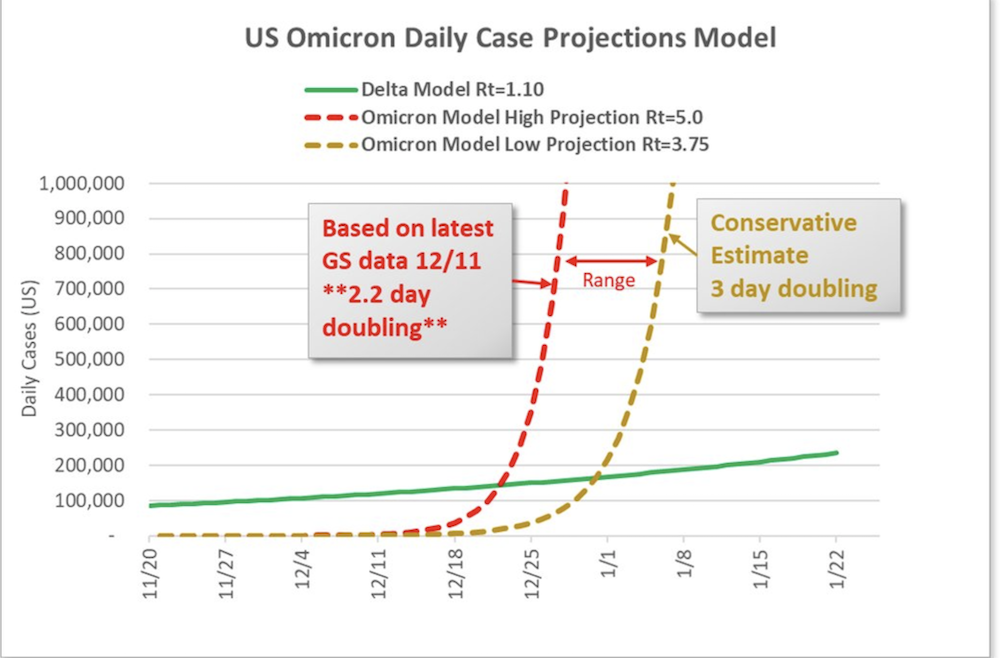An Important Word About Omicron
Now is really not the time to relax your COVID risk mitigations.
You’ve probably heard on the news that Omicron is in Wisconsin and spreading fast. Really fast. Katelyn Jetelina, a.k.a. Your Local Epidemiologist puts it best: “If we continue this rate of spread, I would venture to say that there is no modern day virus that has spread this fast and this far ever before.” Jetelina makes her point with a graph showing US Omicron cases doubling every 2 to 3 days (see above).
Jetelina expects Omicron cases to peak sometime between Christmas and New Year’s—just as many people are gathering for holiday worship and celebration. People over the age of 65 are particularly at risk for hospitalization from breakthrough cases, meaning infections they’ve picked up after being vaccinated. That doesn’t mean vaccines don’t work. It means that booster shots are important, and that elderly patients have difficulty fighting infection.
Likewise, we’re hearing that children 4 and younger are being hospitalized with Omicron at a higher rate than adults. Probably what this means is that the new variant is so widespread that it’s raising rates for everybody. Since unvaccinated people are especially prone to being infected, and children 4 and under can’t be vaccinated yet, they’re picking it up at a high rate. Despite anything you may have heard about COVID being milder in children, an ounce of prevention is still worth a pound of cure, and even more so for kids with medical conditions that could be complicated or prolonged with an infection.
In short, a literally off-the-charts transmissible variant is going around at exactly the time when the people most at risk from it like to get together, including in the church.
The message on this is short and clear: if we want to keep the kids and their grandparents out of the hospital in January, we need to take precautions in December. That means as many of the mitigations below as you can, particularly getting vaccinated and boosted.


